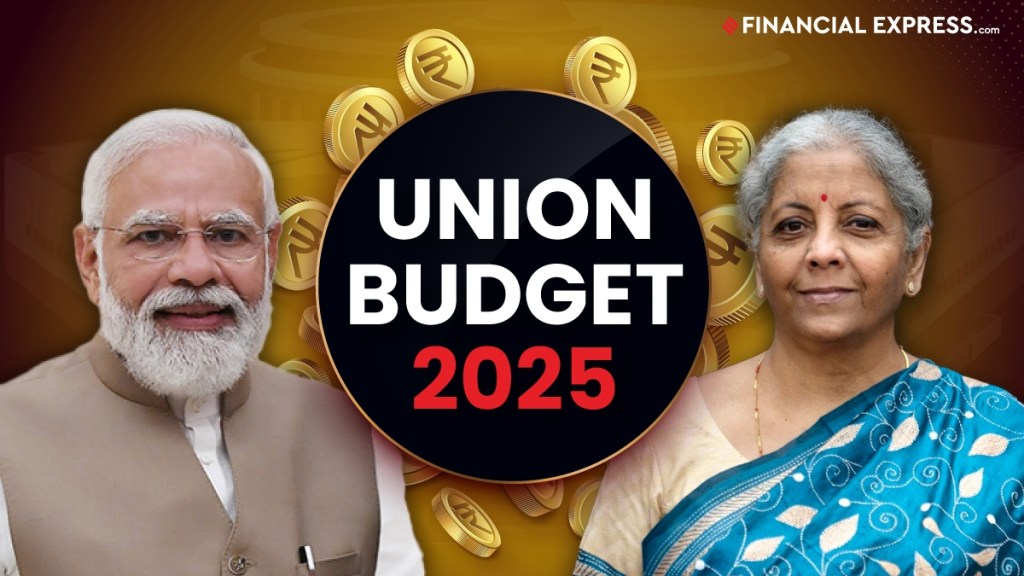Prime MinsiterModi hinted at “I pray to Goddess Lakshmi to shower poor, middle class with blessings…” and the Finance Minister announced a Budget that primarily focussed on putting more money in the pockerts of the middle class.
Here is a quick look at the key highlights of the Budget that you need to track now-
No income tax payable upto income of Rs 12 lakh
Consumption faltering has been one of the key concerns for the economy and the Finance Minister, in a bid to revive the same, has announced that no income tax payable upto Rs 12 lakh (i.e. average income of Rs 1 lakh per month other than special rate income such as capital gains) under the new regime. This limit will be Rs 12.75 lakh for salaried tax payers, due to standard deduction of Rs 75,000.
Fiscal deficit target for FY26 reduced to 4.4%
The Budget announced Fiscal deficit at 4.8% of GDP (revised estimate) for FY25 and at 4.4% for FY26. The 6-year fiscal road map has been outlined but details are yet to be announced. This signals continued commitment to fiscal consolidation.
Boost for manufacturing
To promote ‘make in India’, the budget proposed launching the National Manufacturing Mission, which would include small, medium, and big firms. Under this Mission, policy assistance will be provided and the Government and central ministries and states will have governance and monitoring structures.
Capex
The Finance Minister has announced increasing the capital expenditure target by 10.08% to Rs 11.21 lakh crore for FY26. The government aims to boost the faltering demand and consumption in the country and propel India to be a $6 trillion plus economy by FY30.
All in all, the core theme of the Budget has been about giving a push to consumption but there is no significant compromise on fiscal consolidation. Overall the growth and inflation continue to be the key data points to watch out for pver medium term. The big positives continue to be the country’s strong macro fundamentals and robust and stable financial system.

